Content
The Himalayan is the first modern motorcycle that Royal Enfield has come up with in quite some time and represents the company’s second attempt (after the Continental GT) at making a mark in the global two-wheeler industry. With the February 2 unveil date inching closer, we have compiled a list of top 5 things that you can expect in the Himalayan.
1. Engine
The engine looks nothing like Royal Enfield’s current crop of engines, and its compact dimensions and the simplicity of the architecture make it ideal for a bike like Himalayan. Though the company has so far been tight-lipped about this new engine, we expect it to displace around 410cc. It will be a single-cylinder fuel-injected unit and has been developed in conjunction with Austrian component manufacturer, AVL. The engine is expected to crank out around 32bhp and 41Nm of torque, and will be mated to a six-speed transmission.

2. Cycle parts
While the Himalayan is underpinned by the same twin downtube cradle chassis borrowed from the Continental GT, the frame has been heavily modified to suit the Himalayan’s character. The rear sub frame has been revised to increase the load bearing capacity and to make room for the panniers. The Himalayan also features a long travel monoshock for the rear, a first for a modern Royal Enfield motorcycle. Braking hardware comprises of Brembo disc brake with steel braided lines for the front wheel, and a petal disc for the rear.
3. Instrument cluster
A recently leaked photograph of the Himalayan previewed the bike’s all-new instrument cluster’s design. Inspired by old-school Triumph dashboards, this new console is easily the most sophisticated-looking clock assembly that we have seen so far on a Royal Enfield motorcycle. The asymmetric design incorporates traditional looking analogue clocks as well as digital displays, adding a quirky visual appeal. The analogue speedometer shows reading in both kilometre per hour and miles per hour. The digital display inside the speedo integrates an odometer, trip meter, gear position indicator, temperature gauge and a clock. The cluster also gets a tachometer, a fuel gauge and a digital compass.

4. Accessories
The Himalayan’s customisability will be a big part of its appeal. We can expect Royal Enfield to offer a host of optional touring accessories like hard box panniers, knuckle guards, crash guards and jerry cans along with the Himalayan. We can also expect to see auxiliary headlamps, a 12V power socket, USB ports and belly pans for extra protection.

5. Positioning and Price
It has been a while since Royal Enfield has stepped out of its comfort zone. The Royal Enfield Himalayan, at least on paper, represents a quantum leap for the company, and it would be very interesting to see how successful this experiment turns out to be. While it would be hard to pinpoint an exact price, we can safely expect the Himalayan to be priced around Rs 2 lakh, just below the Continental GT. Occupying a niche position in the Indian two-wheeler market, we can expect the Himalayan to remain unrivalled for quite a while.

![Royal Enfield Himalayan [2015-2023] Image Royal Enfield Himalayan [2015-2023] Image](https://imgd.aeplcdn.com/272x153/n/cw/ec/49739/himalayan-right-front-three-quarter-2.png?isig=0&q=80)
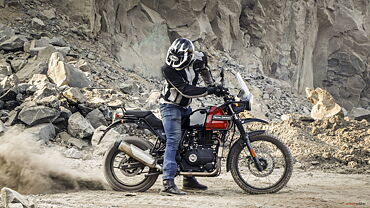
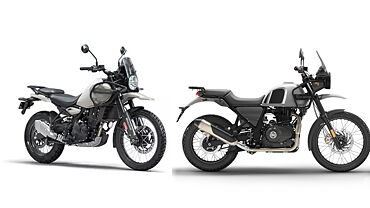




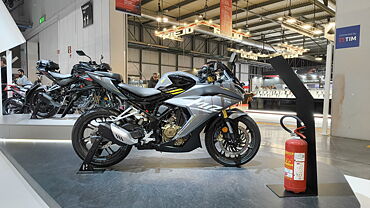
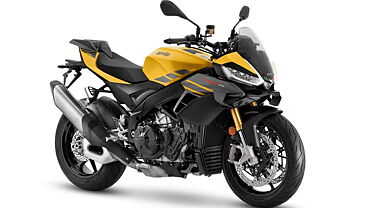

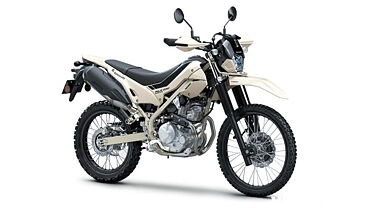
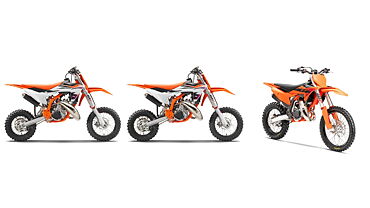

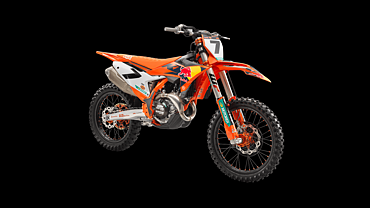
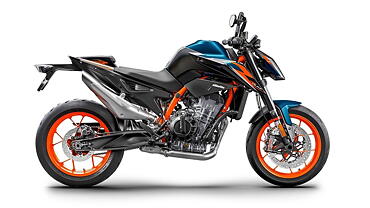
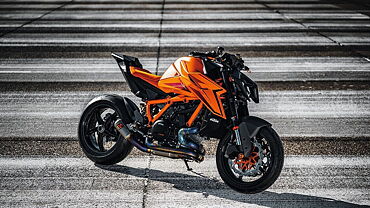
![Royal Enfield Himalayan [2015-2023] Right Side Royal Enfield Himalayan [2015-2023] Right Side](https://imgd.aeplcdn.com/199x112/n/cw/ec/49739/royalenfield-himalayan-right-side12.jpeg?q=80)
![Royal Enfield Himalayan [2015-2023] Right Side Royal Enfield Himalayan [2015-2023] Right Side](https://imgd.aeplcdn.com/199x112/n/cw/ec/49739/royalenfield-himalayan-right-side13.jpeg?q=80)
![Royal Enfield Himalayan [2015-2023] Right Side Royal Enfield Himalayan [2015-2023] Right Side](https://imgd.aeplcdn.com/199x112/n/cw/ec/49739/royalenfield-himalayan-right-side14.jpeg?q=80)
![Royal Enfield Himalayan [2015-2023] Front Three-Quarter Royal Enfield Himalayan [2015-2023] Front Three-Quarter](https://imgd.aeplcdn.com/199x112/n/cw/ec/49739/royalenfield-himalayan-front-three-quarter0.jpeg?q=80)
![Royal Enfield Himalayan [2015-2023] Side Royal Enfield Himalayan [2015-2023] Side](https://imgd.aeplcdn.com/468x263/n/cw/ec/49739/royalenfield-himalayan-side16.jpeg?q=80)





